Hormones act as subtle messengers, influencing everything from mood and metabolism to sleep patterns. The thyroid gland, though small, plays a critical role in this intricate system. Located at the base of the neck, this gland can significantly impact your well-being. When the thyroid isn't functioning optimally, it can lead to fatigue, weight fluctuations, anxiety, and menstrual irregularities. Fortunately, specific yoga poses, practiced gently and consistently, can provide support to the thyroid and promote hormonal balance.
This isn't about intense workouts or complex contortions. Here are six accessible yoga poses that can help.
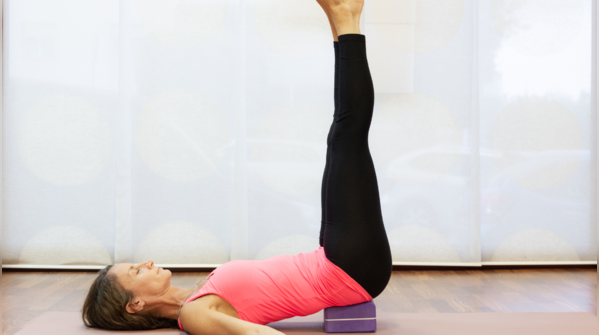
This pose calms the nervous system and helps balance hormone levels. While it doesn't directly stimulate the thyroid, Viparita Karani aids in calming the adrenal glands, responsible for producing cortisol, the stress hormone. Prolonged high cortisol levels can disrupt hormonal balance and negatively impact the thyroid.
Its simplicity is its strength. Simply lie down with your legs elevated against a wall to relieve tired legs, slow your breathing, and gently guide your body into a more relaxed, parasympathetic state. A relaxed body supports healthy hormone function.
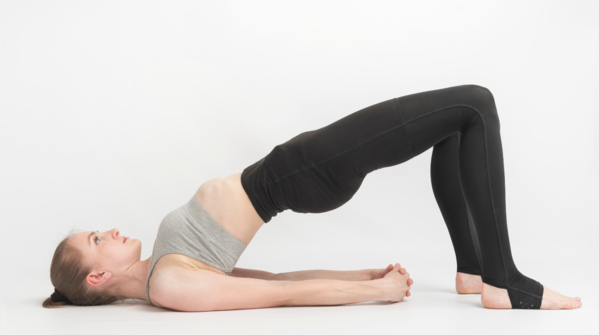
Bridge Pose activates the thyroid gland through gentle pressure applied to the neck. More than just a spinal stretch, the slight compression in the throat area during this pose can help stimulate thyroid function. It is especially beneficial for individuals dealing with hypothyroidism (underactive thyroid).
Practiced slowly and mindfully, with focused breathing, this pose also supports the chest and heart, both emotionally and physically, offering a moment of connection and calm.
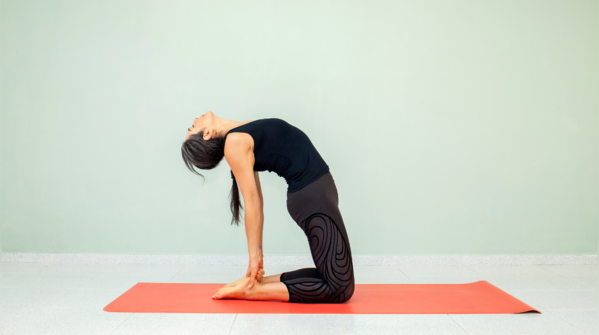
Camel Pose boosts thyroid activity by stretching the neck and increasing circulation. This gentle backbend opens the front of the body, providing a deep stretch to the neck and throat region. The increased blood flow can nourish the thyroid gland.
Beyond the physical benefits, Ustrasana also impacts the emotional state. Opening the chest is known to help release pent-up emotions, a crucial, and often overlooked, factor in hormonal health.
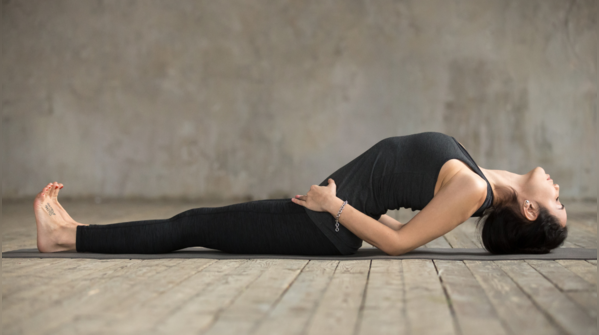
Referred to as the "destroyer of all diseases" in ancient texts, Fish Pose is believed to significantly influence thyroid function. This pose directly stretches the throat, stimulating the thyroid and parathyroid glands. Beyond the physical stretch, it also improves posture, particularly beneficial for those who spend extended periods hunched over screens.
Good posture is essential. When the neck and spine are properly aligned, nerve signals travel more efficiently, allowing hormonal signals to function with less resistance.
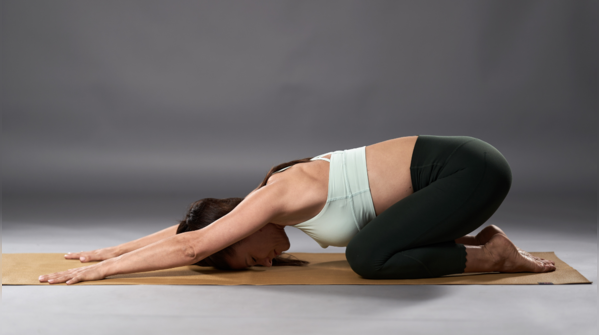
Child's Pose helps the pituitary gland (the master hormone regulator) relax and reset. While it may appear to be simply a resting position, Child's Pose offers significant benefits. It gently massages the internal organs, soothes the brain, and, most importantly, allows the body to enter a healing state.
Because hormonal balance depends heavily on communication between the brain and glands like the thyroid, any pose that calms the brain, such as Child's Pose, plays an indirect but vital role in restoring inner balance.
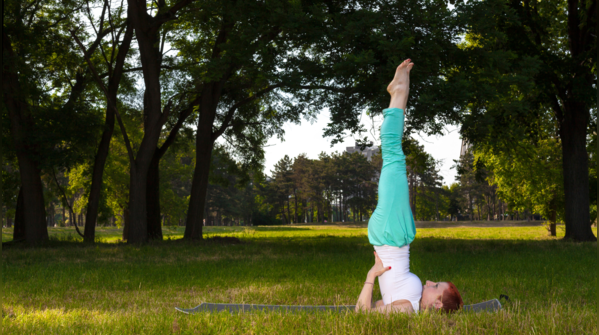
Known as the "Queen of Asanas," Shoulder Stand is believed to directly impact the thyroid gland. Sarvangasana increases blood flow to the neck and stimulates the thyroid. However, it is essential to attempt this pose only under expert guidance, especially for individuals with high blood pressure or neck problems.
This pose reverses the effects of gravity on the body. Fresh blood rushes to the neck and head, nourishing the glands in that area, particularly the thyroid. This inversion is also believed to promote mental clarity and inner peace, in addition to its physical impact.
Newer articles
Older articles
 Evil Eye Amulet: Protective Charm or Portal to Dark Forces? A Cultural Debate
Evil Eye Amulet: Protective Charm or Portal to Dark Forces? A Cultural Debate
 Jayden Seales Fined by ICC for Provocative Gesture During Australia Test Match
Jayden Seales Fined by ICC for Provocative Gesture During Australia Test Match
 Paralympic Archer Sheetal Devi's Viral Video Shows Her Driving Car with Feet, Defying Expectations
Paralympic Archer Sheetal Devi's Viral Video Shows Her Driving Car with Feet, Defying Expectations
 Broad Slams India's Team Selection After Headingley Test Loss, Calls for Roster Tweaks at Edgbaston
Broad Slams India's Team Selection After Headingley Test Loss, Calls for Roster Tweaks at Edgbaston
 Umpire Controversy Erupts: West Indies Coach Sammy Questions Holdstock's Consistency in Barbados Test
Umpire Controversy Erupts: West Indies Coach Sammy Questions Holdstock's Consistency in Barbados Test
 Sachin Tendulkar: 1983 World Cup Win Sparked My Cricket Dream at Age 10
Sachin Tendulkar: 1983 World Cup Win Sparked My Cricket Dream at Age 10
 Jaiswal's Fielding Woes: Ex-India Star Kaif Points to Potential Cause for Dropped Catches in England Test
Jaiswal's Fielding Woes: Ex-India Star Kaif Points to Potential Cause for Dropped Catches in England Test
 Team India's England Tour: Rahul's Sleep Strategy, Coaching Rituals, and Coffee Culture Revealed
Team India's England Tour: Rahul's Sleep Strategy, Coaching Rituals, and Coffee Culture Revealed
 Suryakumar Yadav Successfully Completes Sports Hernia Surgery, Eyes Return to Cricket
Suryakumar Yadav Successfully Completes Sports Hernia Surgery, Eyes Return to Cricket
 Gujarat Cricket Set to Launch T20 League in 2025-26 Season
Gujarat Cricket Set to Launch T20 League in 2025-26 Season